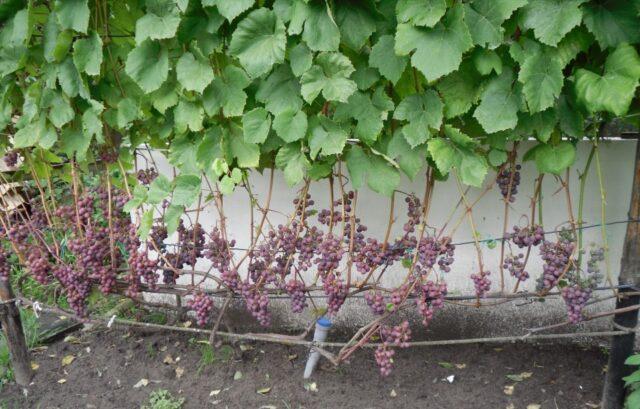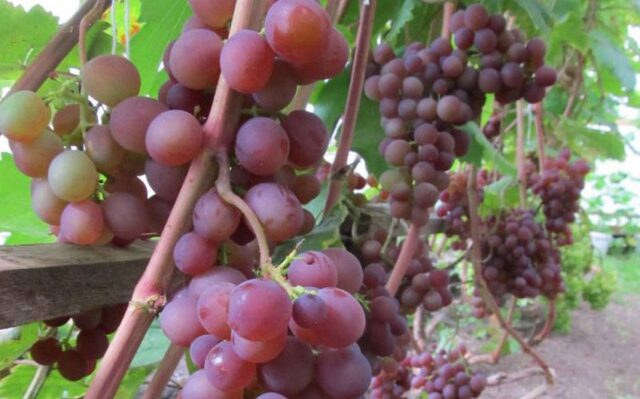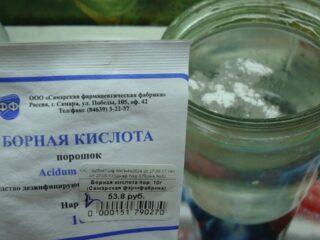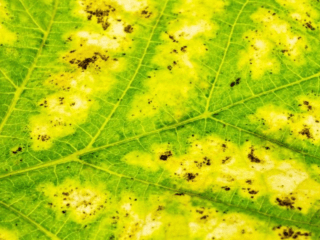Content
Minsk pink grapes (Minsk Rozowy) are a unique variety of crop, the berries of which, compared to others, have the maximum amount of nutrients and dietary properties. The variety is resistant to cold and many diseases, unpretentious, has a pleasant taste and aroma. It is in demand not only among gardeners, but also among farmers.

The sugar content of grapes can reach 26%
History of origin
Minsk pink was developed by Belarusian scientists in 1952. Experts obtained the variety by crossing several hybrids of the Metallic table variety. In 2005, these grapes were included in the State Register.
Description of Minsk pink grapes
Thanks to the developments, the variety turned out to be tasty, beautiful and healthy. Its bushes are vigorous, large, and can reach three meters in height.
The foliage of the grape is medium-sized, round in shape, with jagged edges (three-lobed), the surface is lumpy on the outside, with a faint whitish coating on the inside. The abundant harvest of the crop is ensured due to the fact that its flowers are bisexual. There are from one to three inflorescences on one shoot, so sometimes the bushes can be overloaded.
Bunches
Minsk pink has medium-sized cylindrical clusters. They are dense and filled evenly. Each brush weighs about 300 g, they are all almost the same size.
Berries
The berries of the variety grow to large sizes, the weight of each when fully ripe ranges from 2.5 to 3 g, which is very good for this type of crop. They are round or oval in shape, pink-lilac in color, fit tightly to each other, which is why they sometimes become deformed. The pulp of the berries is slimy and quite juicy, covered with a thin skin that can be easily removed entirely. Inside the grapes there are 3-4 seeds.

The fruits of this variety of culture are beneficial for blood vessels and the heart.
Vine
The Minsk pink variety produces long and beautiful vines; some gardeners consider them decorative. The plant is often used by landscape designers and used to decorate arches, walls, and gazebos.
They ripen well. Every second vine bears fruit.
Characteristics of Minsk pink grapes
The variety is characterized by early ripening and fairly good yield. Most often, due to its ability to favorably tolerate frost, it is grown in the middle zone and northern regions. It is universal in use, but absolutely not transportable. During transportation, juicy berries become wrinkled and rot.
Ripening period of Minsk pink grapes
This variety of grapes is characterized by an early stage of ripening. In favorable conditions, the harvest begins 3.5 months after the first leaves appear on the branches. In cool climates, this period may shift by 1-2 weeks.
Productivity
Fruiting of the Minsk pink variety is approximately 60%. Productivity is characterized as high; up to 4 kg of ripe grapes can be harvested from one bush. After the berries ripen, they are cut from the bush immediately, otherwise they quickly become overripe. It is worth noting that Minsk pink can exceed yield standards, and this has a negative impact on its vines. Therefore, the number of bunches on each should be regulated. If you don’t do this, the berries will ripen unevenly and begin to become smaller and deformed.

When picked, under favorable conditions, the Minsk pink grape harvest can be stored for up to a month.
Taste qualities
The variety has an unusual taste, with a strawberry aftertaste. The berries are juicy and soft. The skin crunches pleasantly on the teeth.
Growing regions
Minsk pink grapes can be planted in almost any region. It is excellent for northern latitudes, grows quietly and winters in the Urals and Siberia, Novgorod, Pskov, and Leningrad regions. It is also cultivated by winegrowers in the Middle Zone.
Frost resistance
As the originators of the Minsky Pink variety say, it can easily withstand temperatures down to -30 °C. That is why it is often found in areas with cold climates.
Drought resistance
Minsk pink requires frequent watering and is not highly resistant to drought. The soil under the plant should always be slightly moist, but without stagnant water. In September, the bushes are watered for the last time with a large volume of liquid.

The variety produces its first harvest three years after planting.
Resistance to diseases and pests
Minsk pink grapes show high resistance (three points) to fungal diseases, have good immunity to such common crop diseases as oidium and mildew, but can sometimes be susceptible to gray rot. It requires preventive treatments, which should preferably be performed at least three times per season:
- during the growing season;
- before flowering;
- during the ripening period of berries.
Bushes are most often sprayed with soda solution or Antrakol. If the grapes are already infected, then treatment is carried out with Bordeaux mixture, copper sulfate or fungicides.
As for insects, due to its intense sweet aroma, Minsk pink grapes are of great interest to bees, wasps and birds. To combat them, gardeners place sweet baits with poison near the bushes or stretch nets (gauze) around them.
Application
The variety is ideal for fresh consumption; thanks to the beautiful shape of the clusters, it can be served at the festive table. It is also used by winemakers to produce sweet varieties of this alcoholic drink. Minsk pink grape berries are widely used in the confectionery industry. Marmalade, jelly, and confiture are prepared from them. Housewives make delicious compotes and juices from the variety for the winter.
Advantages and disadvantages
Despite the numerous advantages, the Minsk pink grape also has several disadvantages that it is advisable to take into account before planting it.

The variety is grown in many vineyards in Russia and neighboring countries
Pros:
- early ripening;
- resistance to extreme cold;
- unusual taste;
- high immunity;
- ease of care;
- good survival rate.
Minuses:
- average resistance to gray rot;
- unsuitable for transportation;
- the need for systematic pruning.
Planting Minsk pink grapes
Typically, grapes are planted in fertile soil (chernozem), but they are able to grow and develop normally in any other soil if organic fertilizers are added to it before planting. Work can be carried out both in spring and autumn. The site is selected to be sunny, windless, and soil moisture should be moderate.
Before planting, grape cuttings are treated with a growth stimulator, then placed in the center of a previously prepared hole, covered with soil, watered and mulched.
Caring for Minsk pink grapes
The plant gives an excellent harvest if a minimum of growing rules are observed, which consist of basic procedures:
- In the first four months after planting, Minsk pink grape bushes are watered regularly (at least once a week) with warm water. After moistening, the soil is loosened, removing weeds.
- After a couple of years, they begin to fertilize the crop. To do this, organic and mineral compounds are added about three times a year.
- Disease prevention is carried out several times a season.
- The variety is cut into a horizontal cordon shape. The vines are cut so that there are no more than seven eyes left on one shoot, and a maximum of 55 on a bush.
- Since the grapes are frost-resistant, in growing areas where temperate climatic conditions prevail, they do not require winter shelter. But if Minsk pink grows in northern latitudes, then its bushes become warmer with the arrival of autumn. To do this, the vines are removed from the supports, tied, laid on the ground and covered with leaves or covered with spruce branches (burlap). With the arrival of spring, the shelter is removed, and frozen and dry branches are cut off.
In addition to all of the above, when caring for a variety, its bushes are tied to a support and their load is monitored.
Conclusion
Minsk pink grapes compare favorably with other varieties of the crop due to their unpretentiousness. Its berries are very tasty and suitable for fresh consumption and processing. Many housewives make preparations from them for the winter, and men note that the variety makes excellent homemade wine.
Reviews of Minsk pink grapes









I live in Belarus, in the Minsk region. I planted Minsky pink five years ago. The variety disappointed not only me, but also many with whom I discussed it. First of all, and this is the main thing, a very small harvest. The remaining indicators fully correspond to the descriptions on the Internet. It blooms well, but after flowering there remains either a very small number of berries in the bunch, or the whole bunch dies, dries up and that’s it. Maybe it's bad pollination. I have five bushes in total. I follow all agricultural practices according to the rules. As a result, in the fourth year I collected a kilogram from five bushes... TWO!!!!! Hooray …. I was patient and waited until next year, already the fifth. It is now June 20, the grapes have bloomed, and as a result there are twelve to fifteen bunches on each bush (with a normal load of 25-35 shoots per bush). The clusters contain from FIVE to a maximum of TEN berries. The harvest will be colossal.))) Although this summer started very favorably. The entire warm month of May and June is up to 26 - 28 degrees.Watering, fertilizing with potash, rains.....All in vain. At the end of June, I will leave one better bush until the end of the growing season, and the rest for cutting down. They are not worth our efforts to care for them. This is how the native Minsk variety was disappointed.